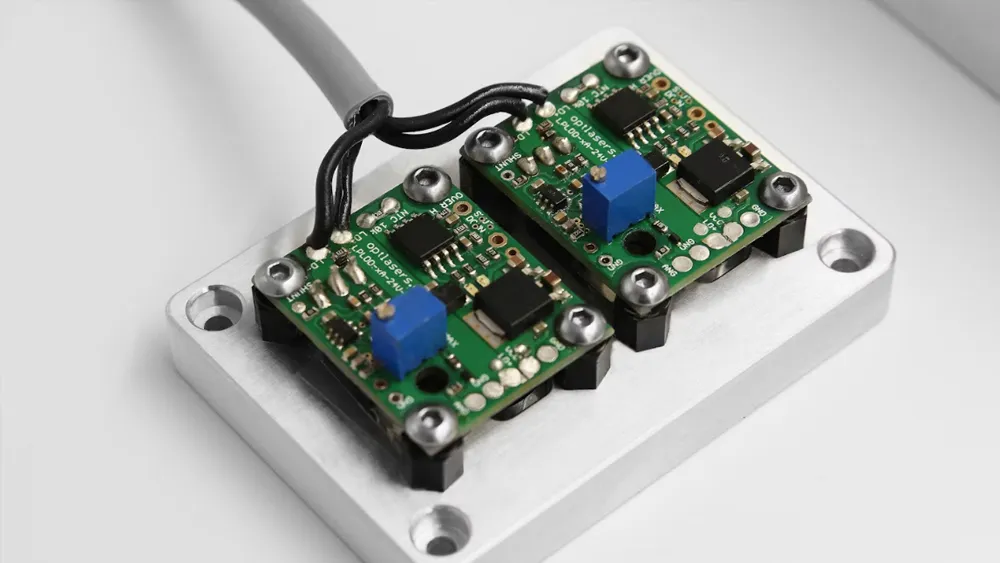
How to get Australia RCM Certificate?
RCM (RegULatory Compliance Mark) is a registeRED mark indicating that the supplier declares the product complies with electrical safety laws/regulations of Australian states and New Zealand, as well as other safety requirements. It also meets the electromagnetic compatibility (EMC) requirements under the Australian Radiocommunications Act and New Zealand Radiocommunications Act. Only products that comply with both electrical safety regulations and EMC regulations are allowed to use the rcm mark.

RCM is considered the appropriate identification mark that will replace the previous or current coexistence of three marks: C-Tick, A-Tick, and RCM. Originally scheduled to start from September 1, 2013 (now postponed to March 1, 2014), RCM will serve as the sole unified mark to indicate product compliance with the requirements of ACMA (Australian Communications and Media Authority) and ERAC (Electrical Regulatory Authorities Council).
rcm certificate Must Include:
- Safety Certificate (Product Safety Certificate), i.e., saa certificate
- emc testing (Electromagnetic Compatibility), i.e., C-Tick Report
RCM Mark:
The RCM mark is owned by the Australian Federal Government. Both the electrical safety regulatory authority and the EMC regulatory authority accept the RCM mark as a supplier’s declaration of conformity. Once approved to use the RCM mark in any state, statutory authorities in other states will accept it, enabling a single approval valid across all states.
Who Can Apply for the RCM Certificate?
Only Australian local companies can apply for the RCM certificate. The company must apply for an RCM number from the Australian government. Chinese manufacturers and exporters can apply for IEC or AS/NZS reports in their own name, but these reports must be submitted by the Australian importer to apply for the RCM. The certificate validity can be one, three, or five years, so the validity period must be confirmed before submitting the application.
RCM Certificate Application Process:
1. The testing laboratory (e.g., Huajian Testing Laboratory) assesses the product and determines the applicable test standards.
2. If non-compliance is found during testing, the laboratory will require product modifications to meet Australian standards.
3. Once testing is passed, a test report is issued.
4. Submit the test report to the Australian certification body for document review.
5. Upon approval, the Australian authority issues the safety certificate (SAA certificate).
6. The customer can register and apply on the relevant Australian website by themselves or entrust the Chinese JJR Testing Laboratory to complete the registration on the Australian website.
RCM Certificate Cycle:
After obtaining the safety certificate (SAA certificate) and the C-Tick/emc report, together with valid local responsible party information, the registration usually takes about 1–2 weeks to complete and receive a unique identification number starting with "N". Uploading each report afterward takes about one week.
Email:hello@jjrlab.com
Write your message here and send it to us
 What is Amazon US CPC Certification?
What is Amazon US CPC Certification?
 UK Toy Safety Regulation Standard EN 71-13
UK Toy Safety Regulation Standard EN 71-13
 What is EU UFI Registration?
What is EU UFI Registration?
 EU UFI Registration for E-cigarette E-liquid
EU UFI Registration for E-cigarette E-liquid
 How to get the MSDS Report for Electronic Cigarett
How to get the MSDS Report for Electronic Cigarett
 Prop 65 Warning on Appliances
Prop 65 Warning on Appliances
 Apparel Heavy Metal Testing
Apparel Heavy Metal Testing
 Can You Conduct Lab Tests to UL Standards
Can You Conduct Lab Tests to UL Standards
Leave us a message
24-hour online customer service at any time to respond, so that you worry!




